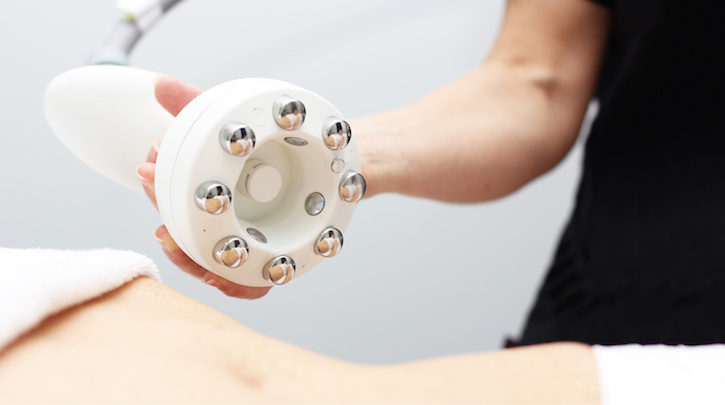Pricing is one of the most challenging aspects of business in any industry. But for aesthetic medicine in particular, understanding pricing is important if you want to distinguish yourself from the competition, maintain good customer relations, stay afloat, and ensure that your work is given the value it deserves.
Pricing is among the most important aspects of how you market your services as an aesthetics provider. Your prices communicate the value that your customers get from your services, and how much they should be willing to pay for them.
There are many methods available to help an aesthetic practice determine ideal pricing, but smart pricing starts by calculating base prices in line with factors specific to your practice. There are five important ones to consider:
1. Cost of equipment
How much does it cost you to conduct each procedure? Project the cost of your equipment per procedure based on acquisition cost, service and maintenance, lifespan, and capacity. Some device manufacturers might charge high upfront or hidden costs, or lock you into costly payment options, but subscription models are often better for the health of your business.
2. Cost of time and space
Running at full capacity, how many procedures could you expect to perform a week, including the time required for set-up and clean-up? This contributes to your overall expenses and income expectations, as does the available office space. It helps to know the potential number of treatments per day per room, revenue per room, and your total potential revenue from services for the entire practice per day, in order to assess the right price for different aesthetic services.
3. Cost of staff time
Consider the experience and skill levels of the staff who run the clinic and who will be performing the procedures. This includes licensed aestheticians, nurses, doctors, as well as staff for reception, office management, and other roles.
4. Practice overheads
How much is the lease or mortgage, marketing expenses, debt service, training, cleaning, and other costs? You can factor in retail sales as an offset to these costs. Combine all these factors to determine the base costs for your services.
5. Profit margins
There’s a lot of price and profit diversity within the field of aesthetic medicine. It would be wise to see how your business measures up to others around you, or others of similar types or with similar services elsewhere. Prices are relative to the context of the business, so be conscious of how your practice fits into that landscape.
Once you have finalized your prices, you need to win customer acceptance. Though people researching aesthetics services are cost-conscious, they are not shopping for a commodity service. Understanding and educating your customer is essential. When potential customers inquire about price, don’t simply provide quotes for your services and end the discussion there. Use this exchange as an opportunity to build a relationship, inquire about their expectations, and encourage them to come for a consultation.
Helping clients understand the value they receive establishes aesthetic treatments as important personal investments when performed by the right provider, rather than something that can be bought anywhere. These conversations are key opportunities to subtly remind customers of your credentials, the quality of your services, your record of satisfied clients, awards, treatment benefits, and more.
Want to learn more about how to price your services, stand out from competitors, and build trust with new patients? Download our full report, Pricing 101: How to Price Your Aesthetic Services for Practice Health.
DOWNLOAD NOW
Practice Enhancement Tips






